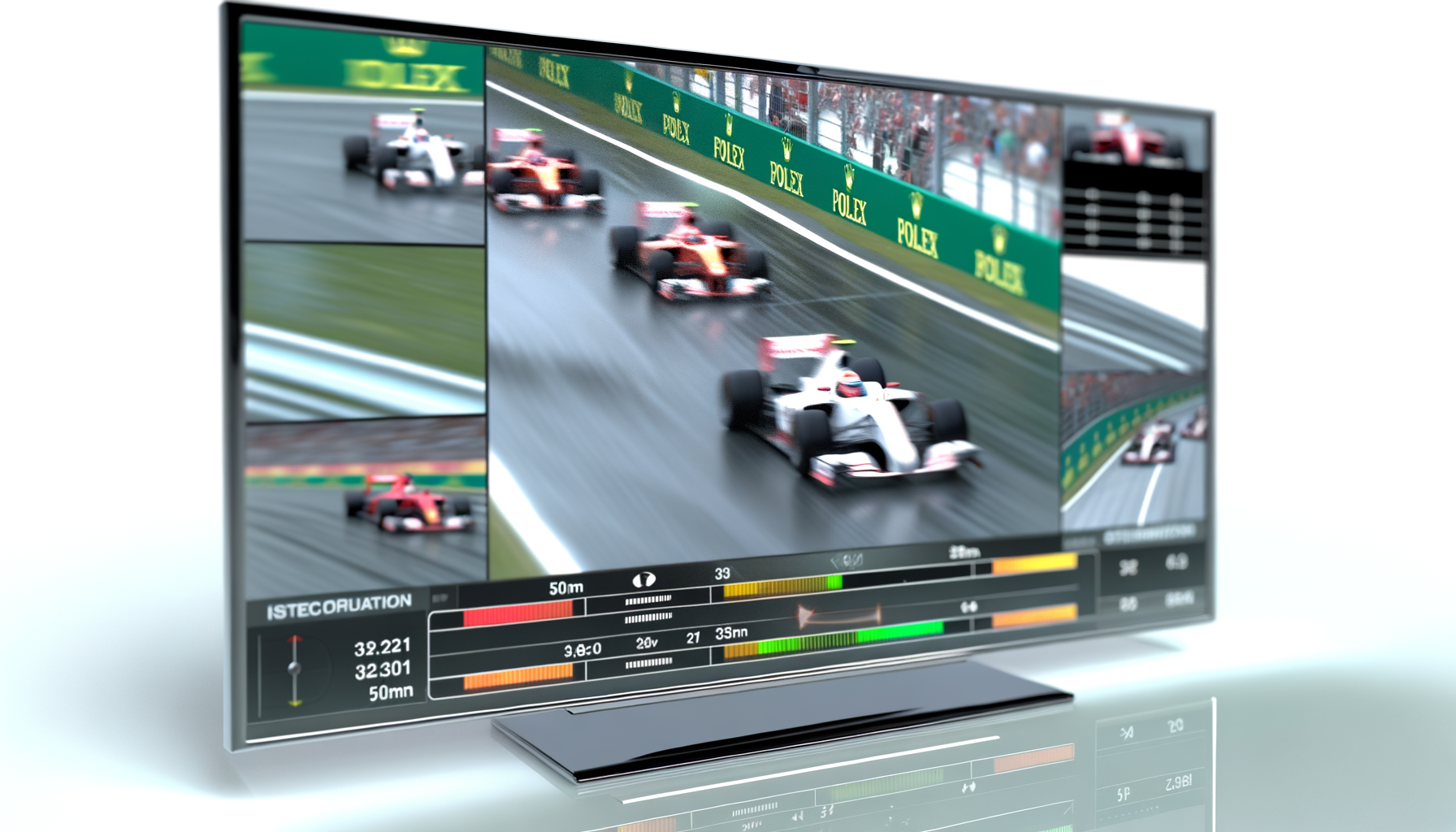Going Live: How F1 TV Became A Billion-Dollar Business
Discover how F1 TV transformed live motorsport streaming into a billion-dollar venture with innovation, global reach, and fan engagement strategies.

By Editorial
Introduction To The Rise Of F1 TV
Formula 1 has always been a sport synonymous with speed, glamour, and cutting-edge technology. Over recent years, the emergence of F1 TV as a dedicated streaming platform has revolutionised how fans engage with the sport. What started as a supplementary service has now grown into a billion-pound business, reshaping the broadcasting landscape. But how did F1 TV achieve such remarkable success?
The Evolution Of Motorsport Viewing
Traditionally, Formula 1 coverage was dominated by television broadcasters with fixed schedules and limited interactivity. Fans had to rely on delayed highlights or pricey pay-per-view events. F1 TV changed this paradigm by offering live, on-demand coverage across multiple devices. This shift tapped into the growing appetite for personalised, flexible viewing experiences.
Moreover, F1 TV's integration of exclusive onboard cameras, team radios, and telemetry data provided unprecedented insight into the races. This deepened fan engagement, attracting a broad spectrum of viewers from casual fans to hardcore enthusiasts.
Key Strategies Behind F1 TV's Success
Global Expansion And Accessibility
A critical factor in F1 TV’s growth has been its global strategy. Unlike traditional broadcasters limited by regional rights, F1 TV offers tailored subscriptions with content customised per territory. This approach broadened its reach significantly, appealing to markets hungry for live F1 content, especially in regions where TV coverage was poor or non-existent.
Innovative Features And User Experience
The platform’s innovative features have set it apart. Interactive race replays, multi-angle views, and live data feeds provide users with a highly immersive experience. F1 TV also introduced personalised notifications and highlights, ensuring fans never miss key moments.
Partnerships And Marketing
Strategic partnerships with telecom providers and sports networks helped F1 TV scale quickly. Aggressive marketing campaigns leveraged social media and influencer endorsements to build brand awareness. This multi-channel approach ensured continuous subscriber growth.
Monetisation And Revenue Growth
F1 TV’s monetisation model includes monthly and annual subscriptions, with tiered pricing for various levels of access. This flexibility caters to different fan needs and budgets. Additionally, the platform explores advertising and sponsorship opportunities within the streaming environment.
Recent financial reports indicate that F1 TV has surpassed the billion-dollar valuation mark, underpinning the success of this business model. This milestone reflects not only subscriber numbers but also the increasing value of digital sports content in the modern era.
Challenges And Future Outlook
Despite its success, F1 TV faces challenges such as negotiating regional broadcast rights and combating streaming piracy. Ensuring consistent service quality during peak times remains a technical hurdle. However, ongoing investments in infrastructure and content promise to mitigate these issues.
The future looks promising, with plans to incorporate virtual reality experiences and enhanced social features. This aligns with broader trends seen in other sports like football, where platforms increasingly blend live action with interactive content, similar to innovations documented in Premier League and beyond key football transfers September 2025.
The Impact On Sports Broadcasting
F1 TV’s success has forced traditional broadcasters to rethink their strategies, pushing the industry towards more digital-first approaches. The platform’s model inspires other sports to develop direct-to-consumer services, emphasising control over content and closer fan relationships.
Furthermore, the rise of streaming platforms has transformed how fans consume sports scores and updates, paralleling developments in platforms like the Football scores and fixtures guide for September 2025. This convergence enhances overall fan experience across multiple sports.
Conclusion: What Other Sports Can Learn From F1 TV
F1 TV exemplifies how embracing technology, understanding fan needs, and adopting a flexible business model can create a thriving digital sports platform. By prioritising interactivity and global accessibility, it has set a blueprint for success that other sports can emulate.
As sports continue to evolve in the digital age, the lessons from F1 TV’s journey provide valuable insights into building sustainable, engaging, and profitable streaming services.
For those interested in how sports media continues to innovate, exploring related developments such as Christian Wade returns to rugby union aiming for premiership record offers a glimpse into the broader sporting ecosystem adapting to new audiences and platforms.
Related topics
Editorial
Sports expert at SportsScoop
Specialist in sports analysis and journalism
Related articles
Want to read more?
Explore our comprehensive collection of sports articles and analysis, or contact us for more information.



